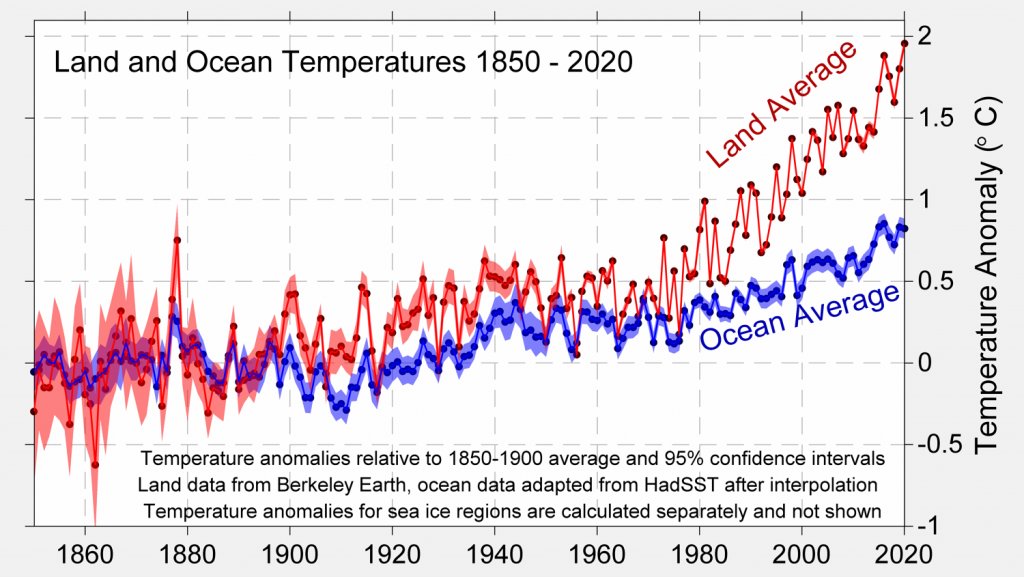
Fascinating piece by @ezraklein in the @nytimes. Among the wide-ranging discussion is a mention of a silver lining: the world is on track for around 3C warming compared to the 4 to 5C that seemed likely a decade ago. Unfortunately, some caveats are needed: nytimes.com/2021/07/15/opi…
When we try to project future warming, we are really dealing with three separate sets of uncertainties. The first, which we can control, is our emissions. There we have had some good news; global coal use peaked back in 2013, and is now in structural decline according to the @IEA 

This means that truly nightmarish scenarios – where global emissions double or triple by 2100 – seem a lot less likely today when clean energy sources are cheaper than fossil fuels at the margin in many places as @Peters_Glen and I discussed in @nature: nature.com/articles/d4158…
However, there are still two other uncertainties – climate sensitivity and carbon cycle feedbacks – that add a lot of uncertainty in the amount of warming we will experience under a given emissions trajectory: 

It is quite possible that we could get unlucky and end up with 4C or more warming under a current policy world if we roll 6s on the climate sensitivity and carbon cycle feedback dice.
It is these low probability high impact outcomes that tend to dominate a lot of climate damage estimates; as the late Marty Weitzman was fond of saying, when it comes to climate change the sting is in the tail.
There is also the important fact that the world does not end in 2100, even though most of our models do. As a father of a 3-year-old who will hopefully be alive well into the 22nd century, I've become acutely aware of the limitations of this arbitrary timeframe that we focus on.
CO2 accumulates in the atmosphere over time, and until emissions reach net-zero the world will continue to warm. This is the brutal math of climate change, and it means that the world will continue to warm well beyond the year 2100 if our emissions remain positive.
So while we can happy progress has been made, we have a long way to go: both to avoid quite bad climate impacts at 3C warming, and to lower the risk of truly catastrophic outcomes. We should avoid being overly deterministic in the outcomes that our current policies may produce.
One final caveat: no one lives in the global average. Most of our planet is water, and these global average temperature numbers serve to obscure much larger (+50%) warming over land areas where we all live. 

• • •
Missing some Tweet in this thread? You can try to
force a refresh
















